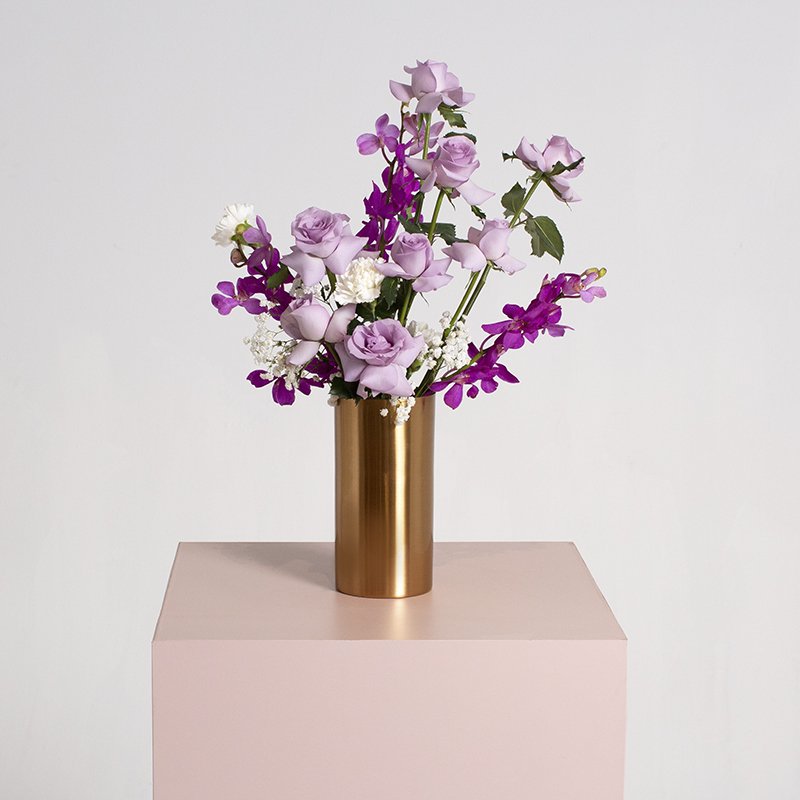A look at Hong Kong’s history of floristry
Floristry in Hong Kong has a rich history that reflects the city's cultural diversity and economic development. The origins of flower selling can be traced back to the 19th century, when the city served as a major trading port. Fresh flowers were primarily used for decorative purposes in homes and temples, as well as for celebrations such as weddings and festivals.
The significant influx of migrants from mainland China in the mid-20th century introduced various regional floral traditions. This period saw an increase in the number of flower stalls and markets, particularly in areas like Mong Kok and Wanchai. Local florists began to incorporate traditional Chinese elements, such as auspicious flowers like peonies and chrysanthemums, into their offerings.
The 1970s and 1980s marked a turning point for the floristry industry, as the economy expanded and disposable incomes rose. The establishment of the Hong Kong Flower Markets, notably the one in Mong Kok, provided a centralised location for florists to source flowers and for customers to access a wide variety of blooms. This development facilitated both local and imported flower sales, allowing florists to diversify their product offerings with exotic blooms.
With the advent of the digital age in the late 20th and early 21st centuries, floristry in Hong Kong has evolved further. Online flower delivery services emerged, capitalising on the growing trend of e-commerce. Florists began using social media platforms to showcase their arrangements, cater to a younger audience, and facilitate customer engagement.
Today, Hong Kong's floristry scene is characterised by a blend of traditional craftsmanship and contemporary design. The industry continues to thrive amid the ongoing globalisation of fashion and trends, with florists in Hong Kong actively participating in international events and competitions. The combination of local cultural aesthetics with global influences marks the current landscape of flower commerce in the city, ensuring its position as a vibrant and integral part of Hong Kong's economy and social fabric. https://www.thefloristryhk.com/
